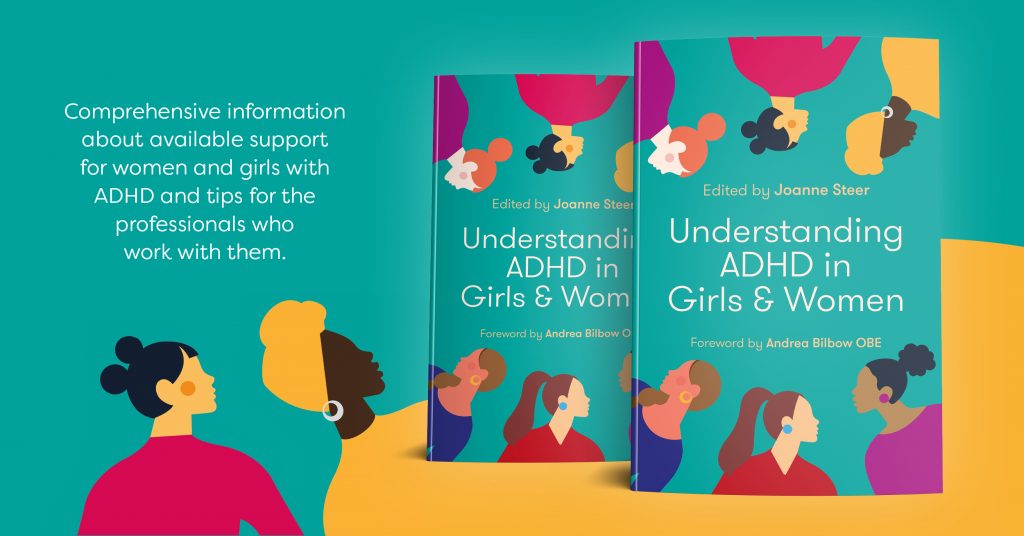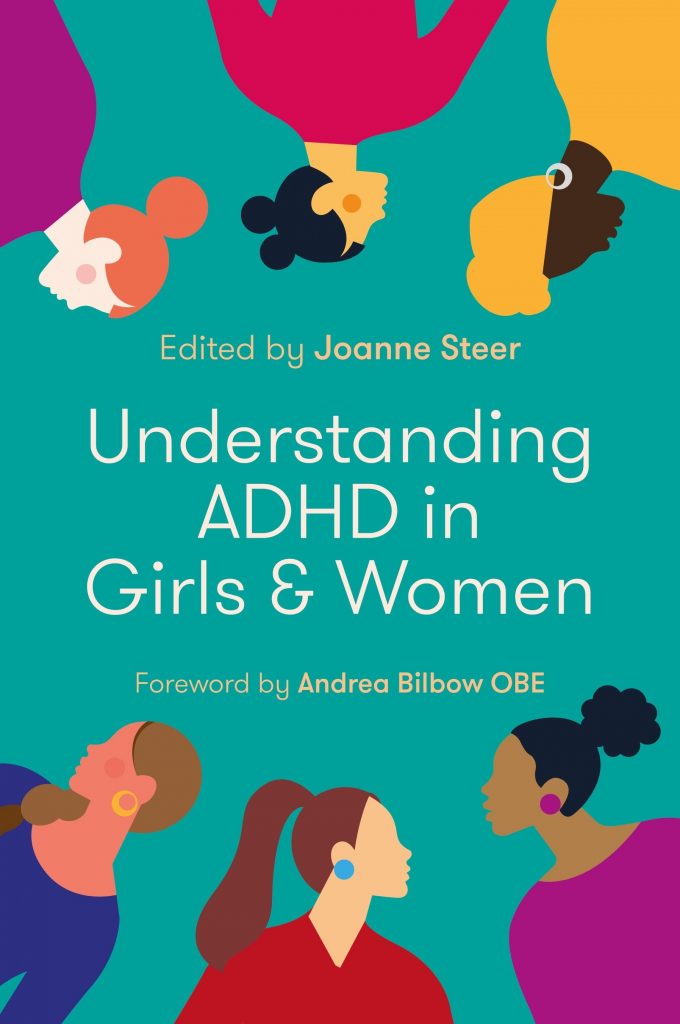Joanne Steer is a chartered clinical psychologist with over 14 years’ experience. Her latest edited collection, Understanding ADHD in Girls and Women provides comprehensive information about available support for women and girls with ADHD and tips for clinicians and professionals who work with them.

Unfortunately, there are lots of stereotypes and assumptions made about Attention Deficit Hyperactivity Disorder (ADHD), particularly when it comes to ADHD in girls and women. Why is it that so much less attention is given to ADHD in girls and women? We know that females may hide or mask their difficulties from those around them. We also know that the presentation of ADHD in females can be different from those of their male counterparts and so people are less likely to consider ADHD as a hypothesis to explain difficulties. We also know that a huge amount of literature is written about males – whether this is research, case studies or books – and so often clinicians, teachers and parents are looking for the male indicators of ADHD. This book explores the world of ADHD for girls and women from assessment and diagnosis to treatment, education, and support.
ADHD symptoms in girls can often be picked up by child mental health services during talking therapy interventions for anxiety or depression. Clinicians may notice the executive function deficits and mind wandering linked with ADHD or find themselves on tangents within the therapy session. Girls are often referred at a later stage and tend to be assessed in the teenage years, compared to boys who often present at a younger age.
Chapter 2 of the book focuses on assessment for girls for ADHD. Claire Berry and Jess Brunet highlight the importance of considering what scaffolding is in place from parents and schools. Parents often take an active role in supporting their children during their younger years and this can mask symptoms of ADHD (particularly inattention). Scaffolding can include parents supporting their children to organise their school clothes and equipment, helping them with homework and getting children to school and social events on time. When girls transition to secondary or high school there is more of an expectation for them to become independent in the areas of study and day to day organisation. Girls will often tell you that in school, teachers got to know them so would ‘fill the gaps’ in the areas they struggled with. It is really important to find out during assessment how much of a task that a girl can complete independently and how much support she is receiving.
During the assessment process it has been observed that particularly mothers of girls being assessed for ADHD can begin to consider their own difficulties, which are often similar to their daughter. Leila in Chapter 10 shared the following experience.
“I’m a mum to an 8-year-old boy who has recently been diagnosed with ADHD. I too have recently been diagnosed with ADHD following the diagnosis of my son. Researching the subject and how it affects people really resonated with me. I realised that I also ticked all of the boxes and I decided to get myself assessed. If I was diagnosed, I felt that not only would it help my son come to terms with having ADHD, it would also help me to understand some of the most confusing and difficult times in my life.”

In Chapter 7 Dr Sally Cubbin and Dr Allyson Parry reflect on the sobering array of adverse outcomes in the lives of women with ADHD. Women with ADHD often suffer impairments in multiple domains such as in their relationships, education, occupation and social life. Alongside an important reminder that women with ADHD are more likely to experience intimate partner violence. They also highlight the challenges of assessing women for ADHD. Women are often good at compensating for their difficulties, usually at significant detrimental cost to their mental or physical wellbeing. Ironically, working hard can work against women with ADHD (especially when interviewed by an inexperienced clinician who is unable to see beyond a woman’s external achievements). It is not unusual for women to present after a promotion at work, or after the birth of their children, when life becomes more demanding.
“The dots are starting to come together and for the first time at 28, I’m starting to feel hopeful. Because of this diagnosis, I am starting to believe that I am worth more. I’m not thick, or an idiot, or mad!… I am sort of the mourning the last ten years. Want to give the small me a big hug.”
In the UK we are still at the beginning of our journey in the world of ADHD for girls and women. The accounts of girls and women throughout this book highlight that the battles are still very real. These battles are to be referred and assessed, to be seen by the right team, to be supported at school, to be offered appropriate treatment, to be given quality information and advice, to be supported in the workplace, to receive physical health care and to fundamentally be taken seriously. This book shines a bright light on these issues and offers understanding, learning and advice for a new and positive future.
If you would like to read more articles like this and get the latest news and offers on our books about autism, why not join our mailing list? You may also be interested in our Facebook page or Twitter page.